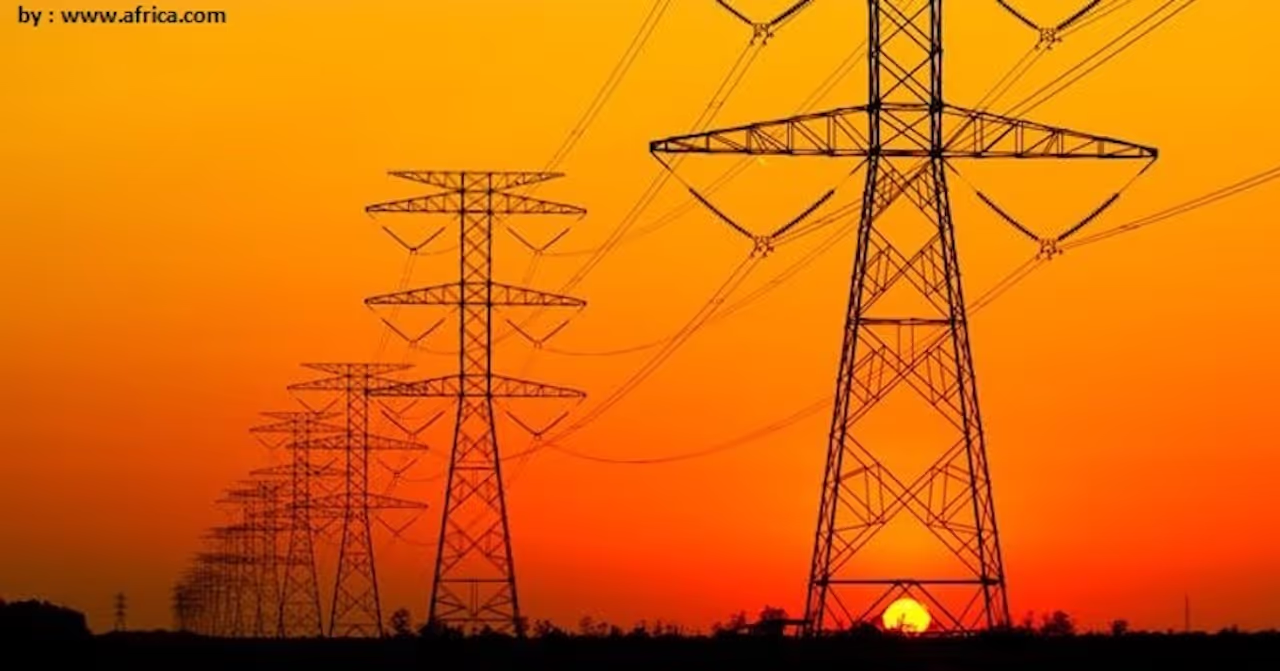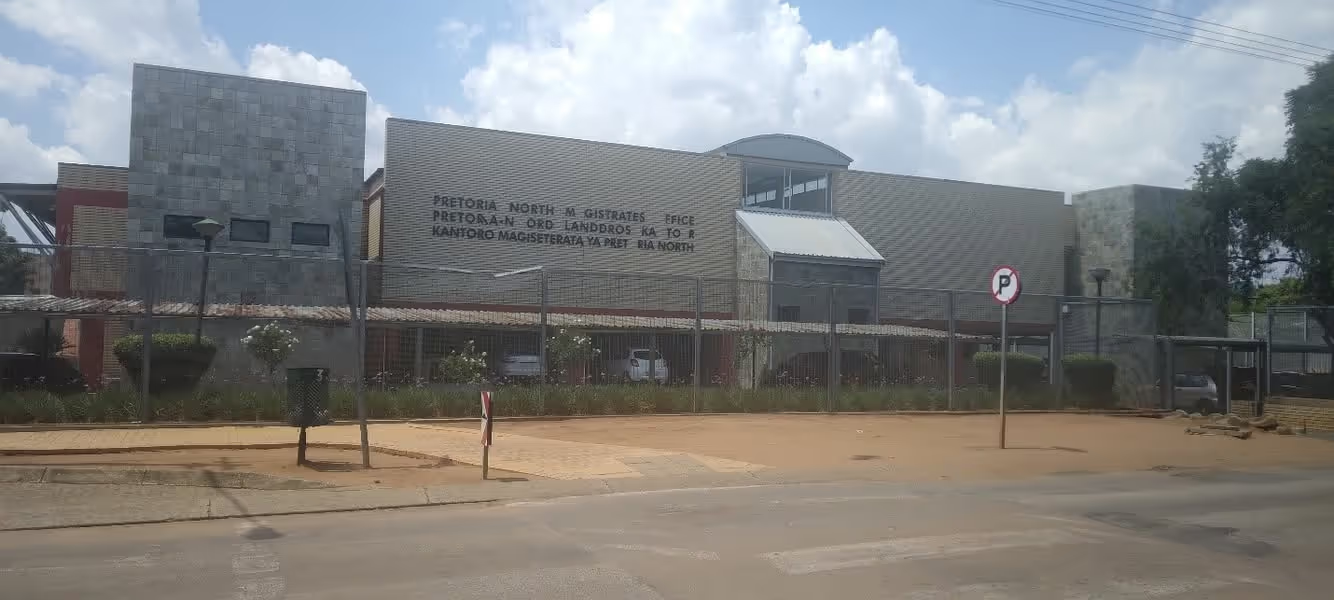The National Energy Regulator of South Africa (Nersa) has approved an 18.65% increase in electricity tariffs effective from 1 April. Eskom had applied for a 32% tariff increase for the 2023/24year.A court order required Nersa to make a final decision on the tariff by 24 December, but the regulator was granted an extension to Thursday,12 January after its Electricity Sub-committee required more time to deliberate on 14 areas of concern. Eskom, which implemented continuous Stage 6 load shedding this week, motivated for large tariff hikes on the back of rising diesel costs. Eskom spent R15 billion on diesel in the 2021/22 financial year with some R9 billion more than what Nersa would allow it to recover through electricity tariffs for that year. Eskom recently reported a loss of R12.3 billion for the year ended in March 2022.
DAYLIGHT ROBBERY!
The Democratic Alliance says the decision by NERSA to increase electricity tariffs despite consumers spending over 120 days with indefinite stage 6 is daylight robbery against consumers. "This tariff increase is now pouring fuel on the fire and we believe that this can’t go on any longer. The DA will explore the option of mass action against the incapable ANC-led government," DA leader John Steenhuisen said. ActionSA leader, Herman Mashaba, said South Africans were already battling high inflation, declining public services and escalating food prices, and would now face an exorbitant 18.6% electricity increase. "A solution has to be pursued, because the ratepayer cannot continue to pay for historical and persistent mismanagement of our power utility,” Mashaba said.
STAGE 6 LOADSHEDDING
The struggling power utility announced stage 6 load shedding on Wednesday until further notice. In a statement, Eskom said that they are implanting stage 6 after eleven generators suffered breakdowns since Tuesday morning. “Stage 6 loadshedding will be implemented from 16:00 on Wednesday continuously until further notice. Due to the severe capacity constraints. Eskom will continue to manage the limited emergency generation reserves to supplement generation capacity. Eskom will publish a further update as soon as there are any significant changes,” read the statement.






